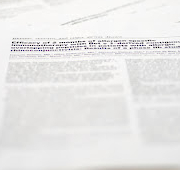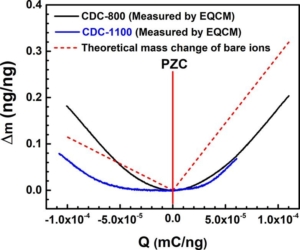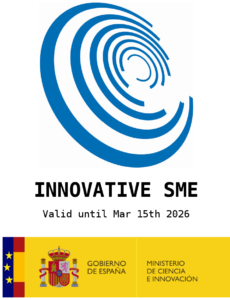Effect of Noise on Determining Ultrathin-Film Parameters from QCM-D Data with the Viscoelastic Model
Authors: Diethelm Johannsmann, Arne Langhoff, Christian Leppin, Ilya Reviakine, and Anna M. C. Maan
Journal: Sensors (2023)
Abstract
Quartz crystal microbalance with dissipation monitoring (QCMD) is a well-established technique for studying soft films. It can provide gravimetric as well as nongravimetric information about a film, such as its thickness and mechanical properties. The interpretation of sets of overtone-normalized frequency shifts, Δf/n, and overtone-normalized shifts in half-bandwidth, ΔΓ/n, provided by QCMD relies on a model that, in general, contains five independent parameters that are needed to describe film thickness and frequency-dependent viscoelastic properties. Here, we examine how noise inherent in experimental data affects the determination of these parameters. There are certain conditions where noise prevents the reliable determination of film thickness and the loss tangent. On the other hand, we show that there are conditions where it is possible to determine all five parameters. We relate these conditions to the mathematical properties of the model in terms of simple conceptual diagrams that can help users understand the model’s behavior. Finally, we present new open source software for QCMD data analysis written in Python, PyQTM.
You may read the full paper here.
Effect of Noise on Determining Ultrathin-Film Parameters from QCM-D Data with the Viscoelastic Model











